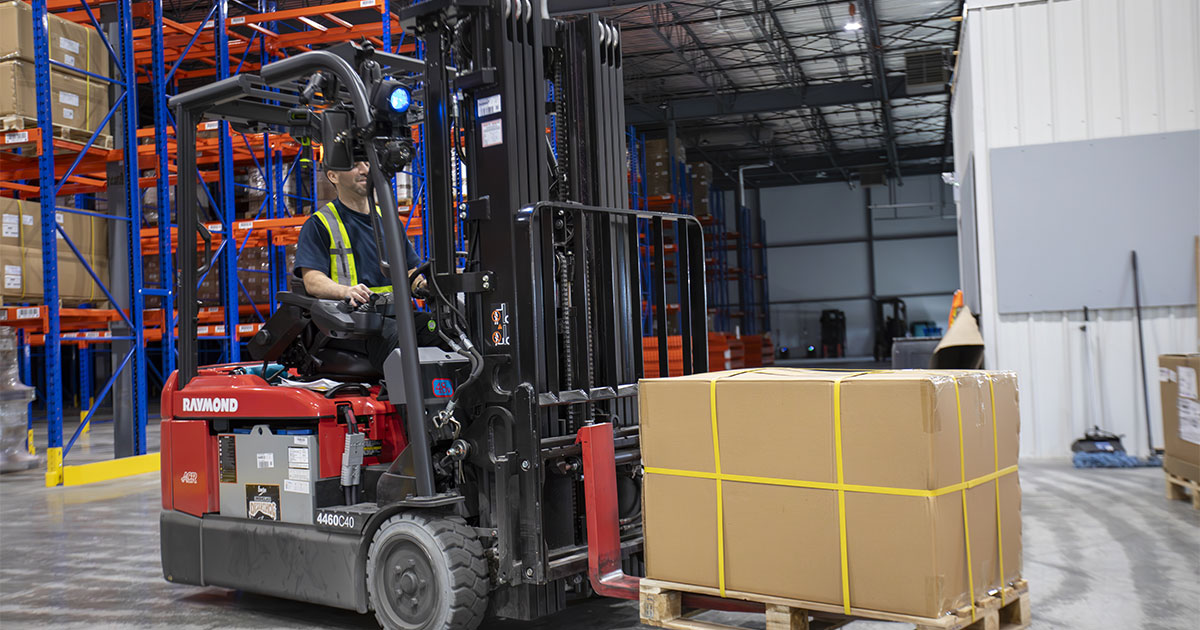
05 Jun What Are the Differences Between B2B and B2C Logistics in Transportation?
Fast delivery, large volumes, return management, contractual requirements… Transport logistics vary greatly depending on whether you’re dealing with individual consumers (B2C: Business to Consumer) or businesses (B2B: Business to Business). Here’s an overview of the main differences you need to know.
B2C Logistics: A Customer Experience-Focused Approach
More Frequent and Dispersed Deliveries
In B2C transport, the end customers are individuals. They expect fast, personalized, and often flexible deliveries. The challenge for carriers lies in managing a high volume of small packages, delivered to multiple addresses—sometimes within very short time frames.
The Importance of Last-Mile Delivery and Real-Time Tracking
The “last mile,” the final phase of delivery, is critical in B2C logistics. It must be fast, flexible, and reliable. Consumers want to track their packages, choose delivery time slots, and receive updates in case of delays or issues.
To meet these expectations, companies rely on advanced tracking technologies, diversified delivery solutions (parcel lockers, pickup points, express services), and clear communication with the recipient.
A More Agile and Tech-Driven Logistics
B2C logistics heavily relies on automation and innovation. Smart warehouses, robotic order fulfillment, and return management systems are all designed to ensure smooth operations, even during peak periods. Companies also invest in flexible logistics to adapt quickly to fluctuating demand.
B2B Logistics: Reliability, Volume, and Optimized Organization
Large-Volume Deliveries on Scheduled Time Slots
B2B transport serves professionals, often within the context of medium or long-term partnerships. Orders are typically larger and more regular. Clients expect absolute punctuality, as delays can disrupt production lines or business operations.
Carriers must therefore plan delivery routes with precision and strictly respect agreed time slots, sometimes in challenging environments (industrial zones, logistics centers, construction sites, etc.).
Specific Contractual and Industry Requirements
In B2B, business relationships are governed by detailed contracts. Deliveries must meet strict criteria in terms of packaging, documentation, and compliance with industry standards (e.g., temperature control, hazardous material safety, traceability).
Precision and consistency take priority over speed: the goal is to ensure a reliable, seamless service that integrates smoothly into the client’s operations.
Logistics Driven by Performance and Profitability
Unlike B2C, where flexibility is key, B2B focuses on cost optimization and process efficiency. This includes streamlining flows, using cross-docking*, and automating data exchange (EDI) to synchronize systems and improve responsiveness.
*Cross-docking is a logistics process in which goods from suppliers or manufacturers are directly transferred to customers with minimal or no storage time. This method eliminates traditional warehousing, helping streamline the supply chain from origin to point of sale.
Read our article on the benefits of inventory automation
B2B vs B2C Transport: Different Regulations and Expectations
It’s important to note that legal frameworks differ depending on the client type. In B2C, consumer protection is key: return rights, clear information, and personal data management. Businesses must be transparent and accessible.
In B2B, the rules are dictated by contractual obligations, industry regulations, and customs procedures. Transactions are typically more technical, formalized, and sensitive to compliance issues.
Radically Different Transport Strategies Depending on the Client Type
In summary, B2B and B2C require different strategies—both operational and strategic. To meet the expectations of each segment, transport providers must be highly adaptable. This means combining technology, logistical precision, and a deep understanding of client needs.
A company capable of managing both models is better equipped to thrive in an ever-evolving market—where the line between B2B and B2C is increasingly blurred.

